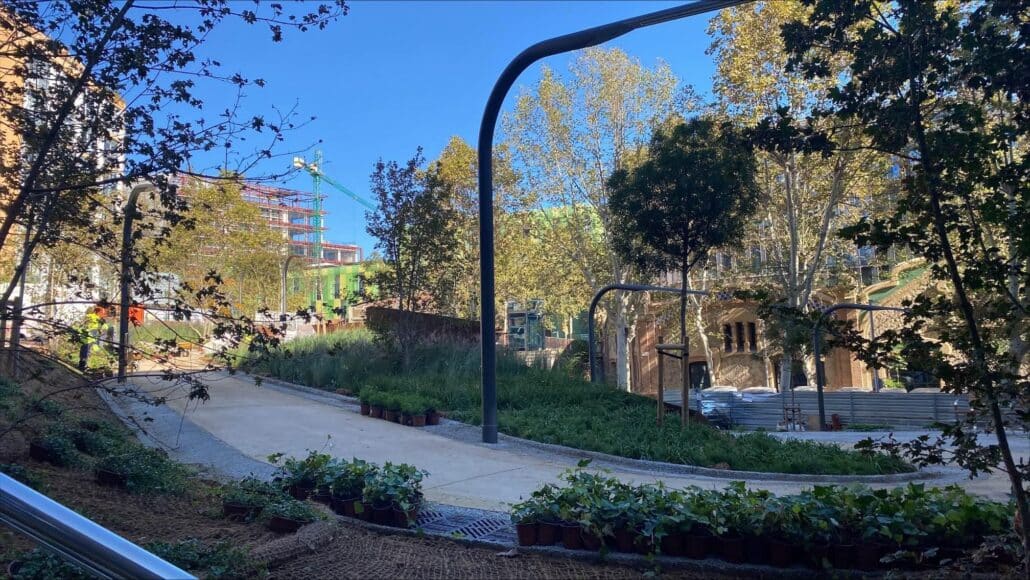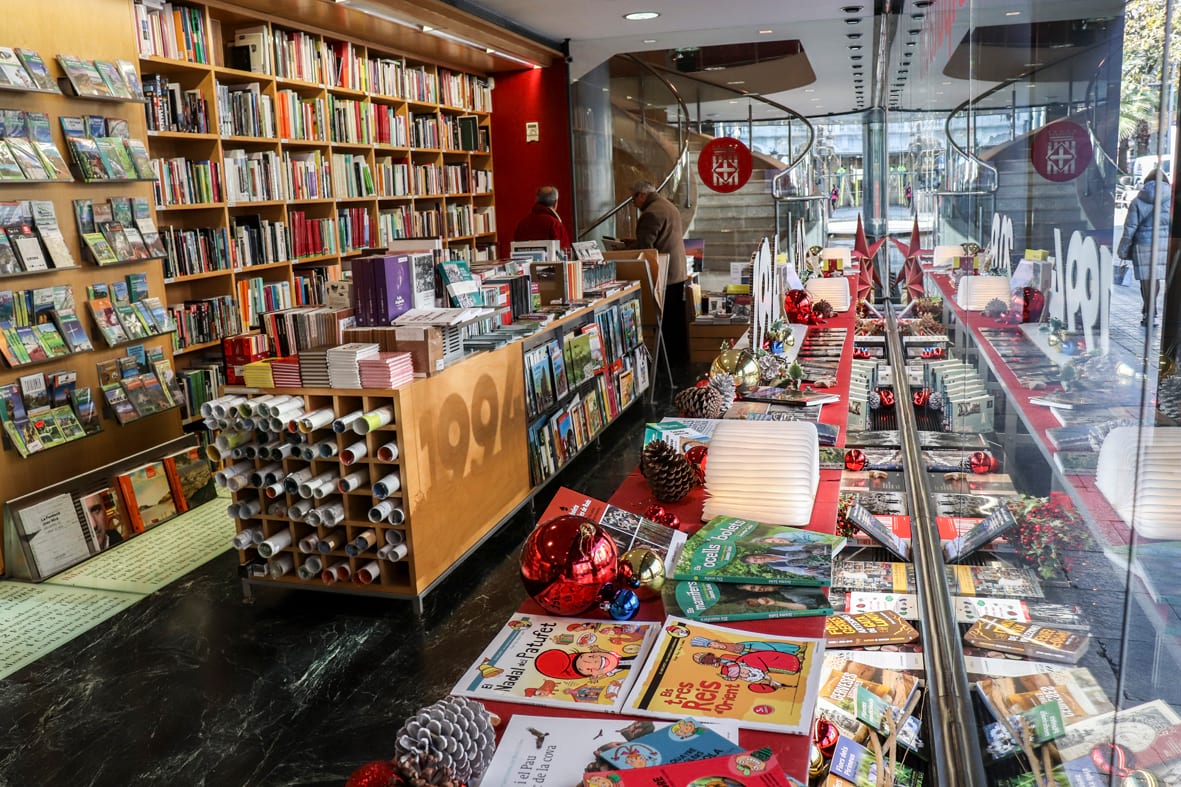Barcelona, a city that is always on the move, has made a small but significant move towards sustainability. At the intersection of Zamora and Pallars streets, a new green space has been inaugurated, creating a 2,000 square meter jewel that promises to change the face of the neighborhood. This garden not only adds beauty, but also symbolizes the city’s commitment to the environment, community and innovation.
 The synergy between nature and recycling
The synergy between nature and recycling
What makes this garden even more special is its history. This space didn’t come out of nowhere; it was actually built on top of what used to be a waste recycling center. That’s right, folks, a place that once stored garbage has now been transformed into a place full of life and freshness. This type of urban adaptation highlights the importance of sustainability and how, from what looks like waste, something truly beautiful can be created.
More than just a garden
The facility is not just a collection of plants and flowers. This green space has rest areas, paths that invite strolling and a landscape design that interconnects citizens with nature. Elements that encourage social interaction have also been implemented. In a world where human connection is becoming increasingly difficult, this type of public space can be a real lifesaver.
In addition, this garden also raises the possibility of community activities. Neighbors are already talking about organizing workshops, meetings and outdoor events. Undoubtedly, an ideal place for families and friends to get together and enjoy some time outdoors, thus fostering community life.
A space for everyone
This new green lung will not only serve those who live nearby. The city’s projects seek to make these spaces accessible to all, encouraging the use of public transport and sustainable mobility. Being in a strategic location, the garden hopes to attract visitors from different parts of Barcelona, creating a small oasis amidst the hustle and bustle of urban life.
The inclusive design also pays attention to the needs of people with disabilities, ensuring that everyone can enjoy the new space. At a time when accessibility is becoming a priority, this garden stands as an example to follow.
A model to be replicated
The transformation of this land shows that Barcelona is not standing still in search of a greener future. Local authorities are committed to creating new spaces that echo this philosophy. This project can set a template for future initiatives. Thus, it is hoped that cities around the world will look to this garden as an example of how to address the lack of green space and the effective reuse of land.
Impact on local biodiversity
By investing in the creation of green spaces, Barcelona also strives to add biodiversity to its environment. The new garden will host different plant species, which in turn will attract pollinators such as bees and butterflies. Biodiversity is not only beautiful, but also plays a key role in the health of the urban ecosystem. By integrating more vegetation, the city can improve air quality and reduce urban heat.
Conclusion: a step into the future
With the inauguration of this garden, Barcelona shows that it is willing to look beyond its built environment. The creation of green spaces should not be seen only as a decorative action. These places have the power to unite communities, improve quality of life and contribute to a more sustainable future.
In times when climate change feels more and more present, initiatives like Zamora and Pallars highlight the importance of taking care of our environment. And the fact that this garden comes from a recycling site only adds one more layer of meaning to its existence. So, if you are one of those who enjoy a good walk outdoors, don’t hesitate to visit this new corner in the city. Nature awaits.


 The synergy between nature and recycling
The synergy between nature and recycling
